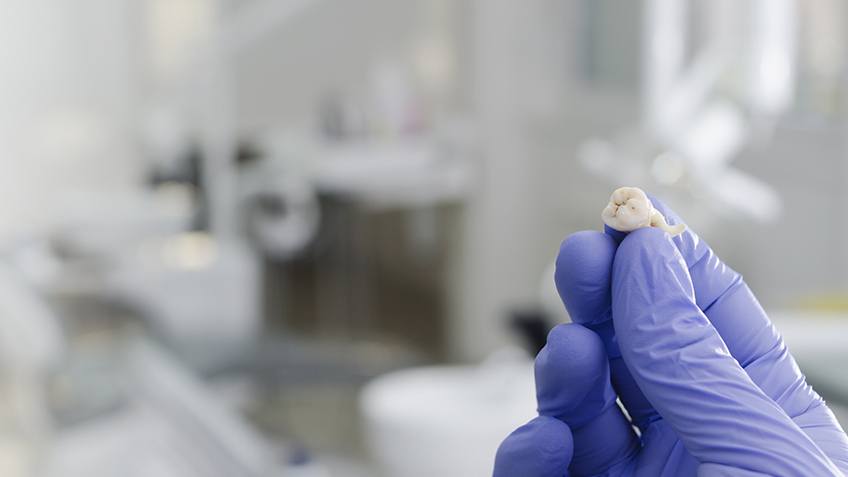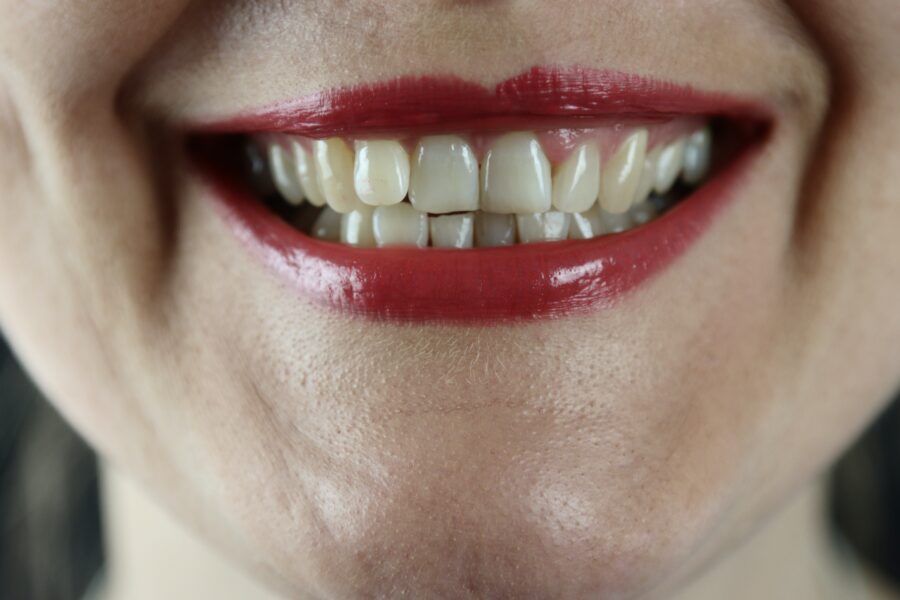Teeth Moving With Age

As we age, our bodies undergo a multitude of changes that can affect our overall health and appearance. One aspect that is often overlooked is the movement of our teeth. Yes, you read that right - our teeth can move with age, and it’s more common than you think. This phenomenon can be attributed to a combination of factors, including bone loss, gum recession, and the natural shifting of teeth over time.
To understand why teeth move with age, let’s first explore the anatomy of our dental structure. Our teeth are embedded in the jawbone and held in place by periodontal ligaments. These ligaments are made up of fibrous tissue that attaches the tooth to the surrounding bone, allowing for slight movements during functions like chewing and speaking. However, as we age, the density of our jawbone decreases, causing the periodontal ligaments to weaken. This weakening can lead to a loosening of the teeth, making them more prone to movement.
Another significant factor contributing to teeth movement is gum recession. As our gums recede, the roots of our teeth become exposed, leading to a loss of support and stability. This exposure can cause our teeth to shift or move out of their original position, affecting the overall alignment of our bite. Furthermore, gum recession can also lead to an increase in pocket depth, allowing bacteria to accumulate and cause further damage to the surrounding tissue.
The natural shifting of teeth over time is also a major contributor to teeth movement. As we age, our teeth tend to drift forward and towards the center of our mouth. This can cause crowding, particularly in the lower front teeth, and can lead to issues like overlapping or worn-down teeth. Additionally, the loss of back teeth can cause the surrounding teeth to shift into the empty space, affecting the entire alignment of our bite.
Now, let’s delve deeper into the causes of teeth movement. Bone loss, for instance, can be caused by a combination of factors, including genetics, poor oral hygiene, and certain medical conditions like osteoporosis. Gum recession, on the other hand, can be attributed to poor oral hygiene, smoking, and certain genetic predispositions. Understanding the underlying causes of teeth movement is crucial in preventing and treating this condition.
So, what can be done to prevent or slow down teeth movement? Firstly, maintaining good oral hygiene is essential. Regular brushing and flossing can help prevent gum recession and bone loss. Secondly, visiting your dentist regularly for check-ups and cleanings can help identify any potential issues early on. Thirdly, wearing a mouthguard or retainer can help maintain the position of your teeth and prevent movement.
In some cases, teeth movement can be treated with orthodontic appliances or dental restorations. For instance, dental implants can be used to replace missing teeth, while orthodontic treatment can help realign teeth that have shifted out of position. However, it’s essential to consult with a dentist to determine the best course of treatment for your specific condition.
To further illustrate the concept of teeth movement, let’s consider a few examples. Suppose we have a 60-year-old individual who has been experiencing gum recession due to poor oral hygiene. Over time, the roots of their teeth have become exposed, leading to a loss of support and stability. As a result, their teeth have started to shift, causing issues with their bite and overall oral health. In this scenario, a combination of dental restorations and orthodontic treatment may be necessary to restore the individual’s teeth to their original position.
Another example is a 40-year-old individual who has been experiencing bone loss due to osteoporosis. As a result, their teeth have started to loosen, causing issues with their bite and overall oral health. In this scenario, a dentist may recommend a mouthguard or retainer to help maintain the position of the teeth and prevent further movement.
In conclusion, teeth movement with age is a common phenomenon that can be attributed to a combination of factors, including bone loss, gum recession, and the natural shifting of teeth over time. By understanding the underlying causes of teeth movement and taking preventative measures, we can help maintain the health and appearance of our teeth as we age.
According to the American Dental Association, more than 70% of adults experience some form of teeth movement by the age of 65. This highlights the importance of regular dental check-ups and maintaining good oral hygiene to prevent or slow down teeth movement.
| Cause of Teeth Movement | Description |
|---|---|
| Bone Loss | Decrease in jawbone density, leading to weakened periodontal ligaments and tooth movement. |
| Gum Recession | Exposure of tooth roots due to gum recession, leading to loss of support and stability. |
| Natural Shifting of Teeth | Teeth drifting forward and towards the center of the mouth over time, causing crowding and alignment issues. |

What are the common causes of teeth movement with age?
+The common causes of teeth movement with age include bone loss, gum recession, and the natural shifting of teeth over time.
How can I prevent or slow down teeth movement?
+Maintaining good oral hygiene, visiting your dentist regularly, and wearing a mouthguard or retainer can help prevent or slow down teeth movement.
What are the treatment options for teeth movement?
+Treatment options for teeth movement include orthodontic appliances, dental restorations, and in some cases, dental implants.
In the following sections, we will explore the topic of teeth movement with age in more detail, including the causes, symptoms, and treatment options. We will also examine the importance of maintaining good oral hygiene and regularly visiting your dentist to prevent or slow down teeth movement.
Maintaining good oral hygiene and regularly visiting your dentist are crucial in preventing or slowing down teeth movement with age.
As we delve deeper into the topic, it’s essential to understand the underlying mechanisms that contribute to teeth movement. By grasping these concepts, we can better appreciate the importance of preventative measures and timely treatment.
Step-by-Step Guide to Preventing Teeth Movement

- Maintain good oral hygiene by brushing and flossing regularly.
- Visit your dentist regularly for check-ups and cleanings.
- Wear a mouthguard or retainer to maintain the position of your teeth.
- Avoid smoking and tobacco products, which can contribute to gum recession and bone loss.
By following these steps and maintaining a proactive approach to oral health, we can help prevent or slow down teeth movement with age. Remember, a healthy smile is not just a matter of aesthetics; it’s also crucial for our overall well-being and quality of life.
Pros and Cons of Orthodontic Treatment for Teeth Movement

Pros:
- Can realign teeth and improve bite alignment.
- Can improve oral health and prevent further teeth movement.
- Can boost confidence and self-esteem.
Cons:
- Can be time-consuming and require multiple visits to the dentist.
- Can be expensive, especially for complex cases.
- May require adjustments to dental restorations or implants.
In conclusion, teeth movement with age is a common phenomenon that can be attributed to a combination of factors, including bone loss, gum recession, and the natural shifting of teeth over time. By understanding the underlying causes of teeth movement and taking preventative measures, we can help maintain the health and appearance of our teeth as we age. Remember to maintain good oral hygiene, visit your dentist regularly, and consider orthodontic treatment or dental restorations if necessary.
“A healthy smile is not just a matter of aesthetics; it’s also crucial for our overall well-being and quality of life.” - American Dental Association

